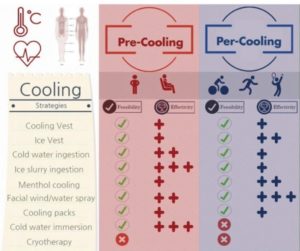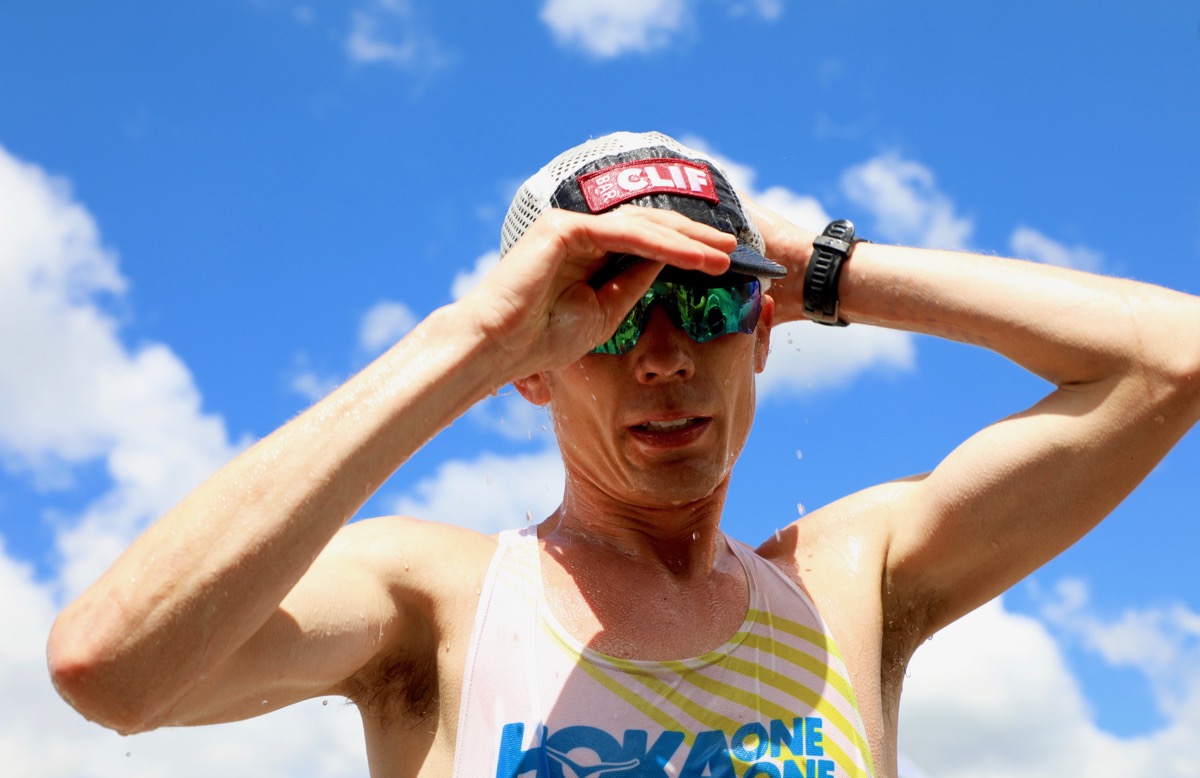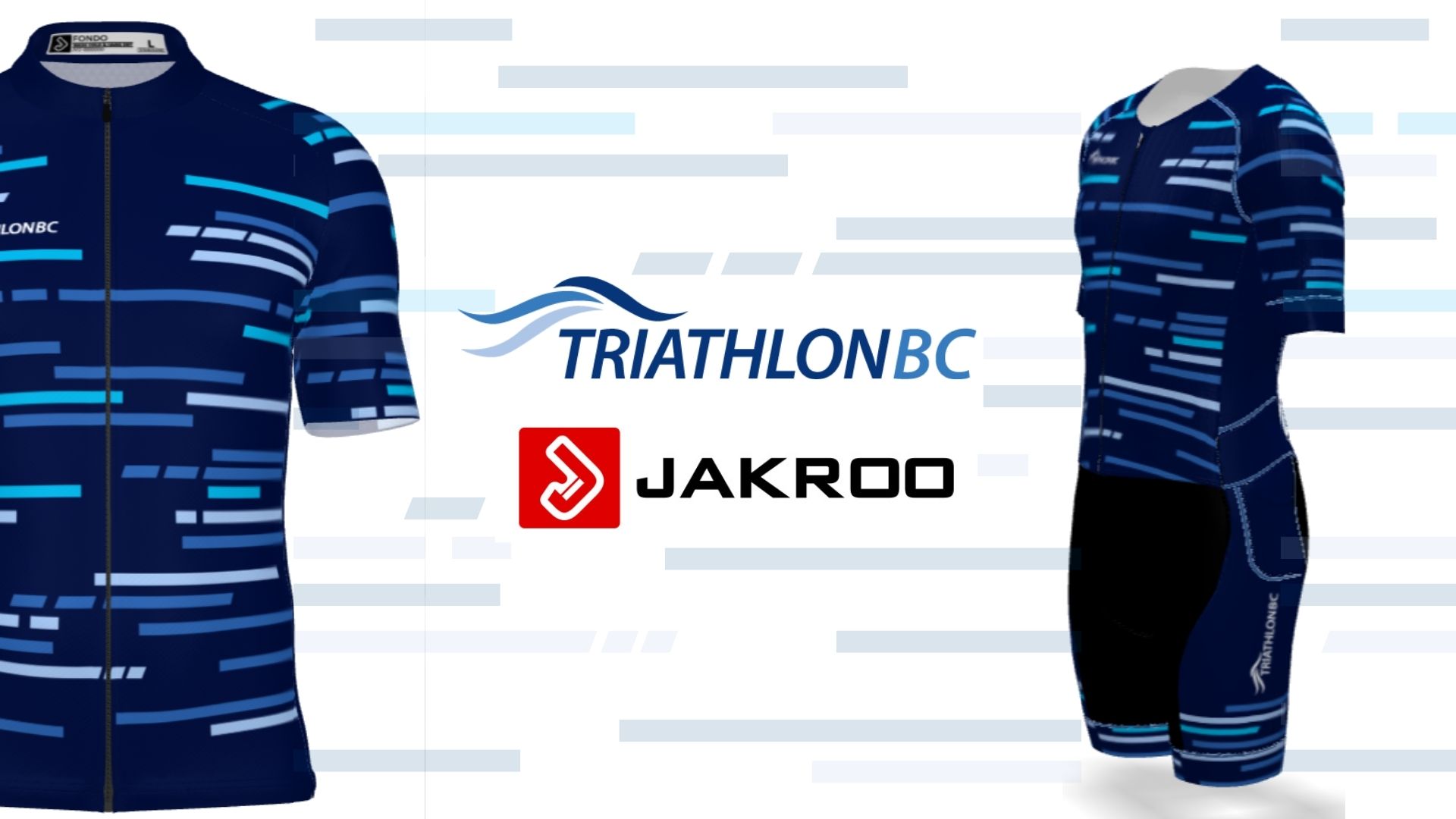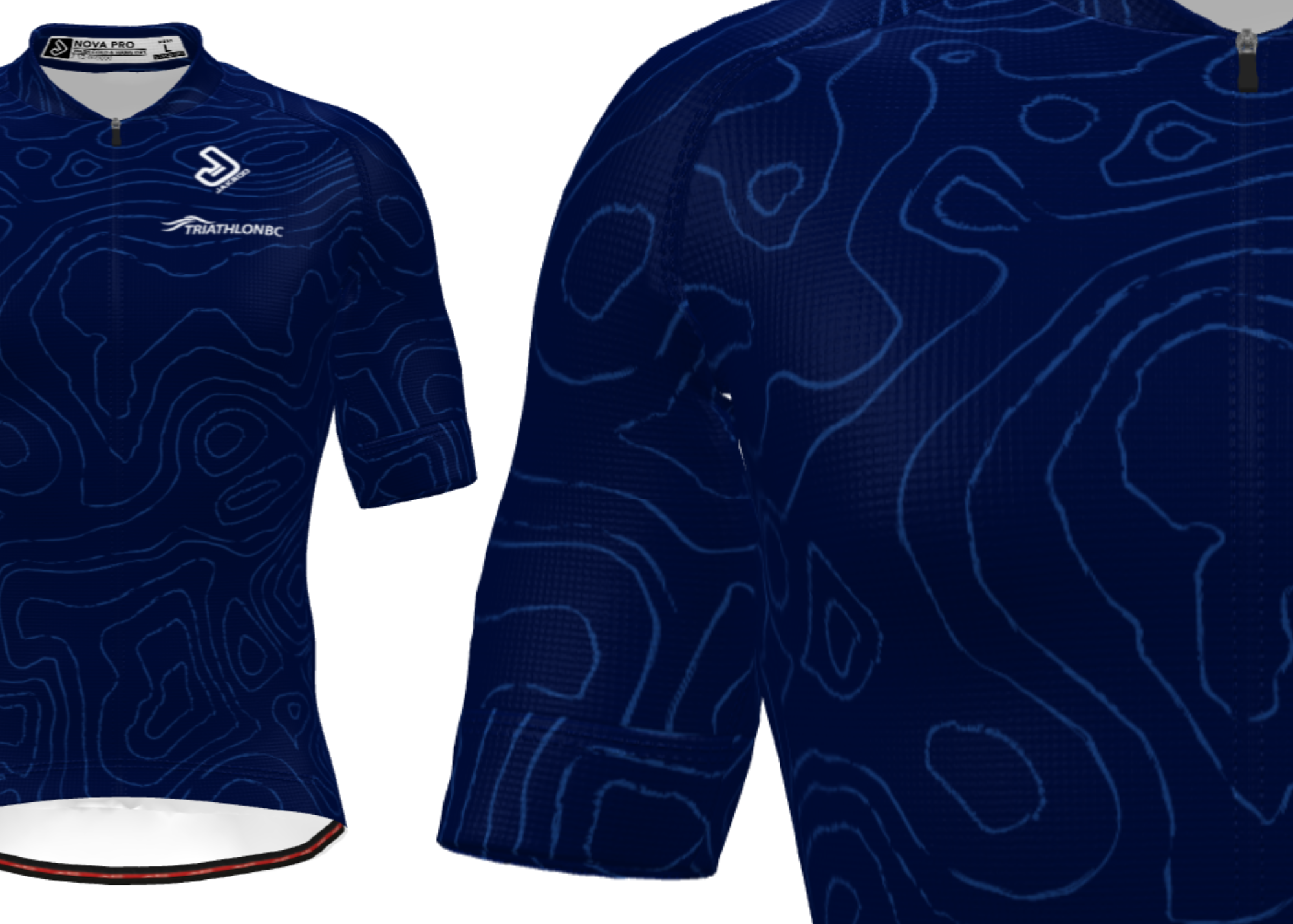Courtesy World Triathlon
1. What is heat stroke?
Heat related disorders occur when thermoregulatory mechanisms fail to compensate for elevations in core temperature caused by environmental or metabolic heat load. We can have a spectrum of symptoms of varying severity, ranging from heat cramps and dehydration to heat exhaustion and heat stroke: this is a life threatening heat-related disorder and a medical emergency. Heat stroke represents thermoregulatory failure, with core temperature elevated, 40°C or higher, reduction or cessation of sweating, rapid pulse, rapid respiration, hypotension, and CNC symptoms predominate: unsteady gait, confusion, reduced consciousness, convulsion and coma. Heat stroke is currently the third leading cause of death in athletes behind cardiac disorders and head neck trauma.
2. What are the conditions that maximize the possibility of a heat stroke?
When heat production exceeds the body’s heat loss, body temperature rises. Evaporation is the most important heat dissipation mechanism in warm environments. High humidity limits sweat evaporation and therefore, heat loss during exercise. Each liter of effective evaporated sweat removes 580 Kcl from the body. The heat stroke is more frequent with high temperature and high humidity, but hyperthermia can occur even on cool day.
3. When is the risk of heat stroke greatest?
The risk of heat related illness is greatest when high-environmental temperatures occur early in the competitive season when participants may be inadequately prepared and have not acquired natural acclimatization to the heat.
4. How often is heat stroke seen in triathlon events?
Dehydration and exhaustion (58%-72% of treated problems) are reportedly much higher in long distance triathlon but the prevalence of exertional heat illness may be greater in standard distance triathlon where elite triathletes run 5-10 km at high speed of up to 3 min/km because these athletes run at up to 90% of their VO2 max the rate of metabolic heat production is high.
5. How can heat stroke be treated?
Heat stroke is serious and is associated with high mortality if treatment in delayed : a) move the athlete to a cool, shaded area b) lay down with feet elevated c) loosen or remove clothing d)fanning and cooling the axillae, neck and groin with towels immersed in ice water e) temperature must be taken every 15 minutes until below 38°C f) If treatment as listed does not produce a rapid fall in temperature or mental state does not improve, consider evacuation to hospital.
OTHER FACTORS TO CONSIDER:
- Not being acclimatized
- Fitness Level (Unfit)
- Hypo hydration
- Hyper hydration
- Use of some medications or supplements
- Certain medical conditions (cardiac, lung)
EARLY WARNING SIGNS INCLUDE (but not limited to):
- Flushed face Hyperventilation or shortness of breath
- Headache Dizziness
- Tingling arms Goose bumps (hair on arms standing on end)
- Chilliness Poor coordination
- Confusion, agitation, uncooperativeness
COOLING TECHNIQUES
A breakdown of pre-cooling and per-cooling (what’s now called mid-cooling) strategies for pre- and during-race. Green check marks signify the feasibility of the strategy and its (+) small effect, (++) medium effect, or (+++) large effect on performance. Remember these are laboratory- and controlled-environment specific, but we can still pull this information into strategies as we bake in the heat.
Image: Bongers, C. C., Hopman, M. T., & Eijsvogels, T. M. (1)

PREVENTATIVE MEASURES
1. Where possible, training should be scheduled for cooler times of the day.
a. Training in hot conditions both increases the risk of heat illness and impairs performance. Organize training at a time where less heat stress and exposure is expected, or reschedule the activity.
b. If training is performed in moderate or high temperature conditions, there should be consideration to reduced both length of the training bout AND minimum amount of rest
2. Lightweight, breathable clothing is needed when training in hot conditions, allowing for evaporative cooling to occur (evaporation of sweat).
3. Ensuring athletes are hydrated is an important strategy.
a. It is essential to recognize that even well-hydrated athletes can be affected by heat illness.




